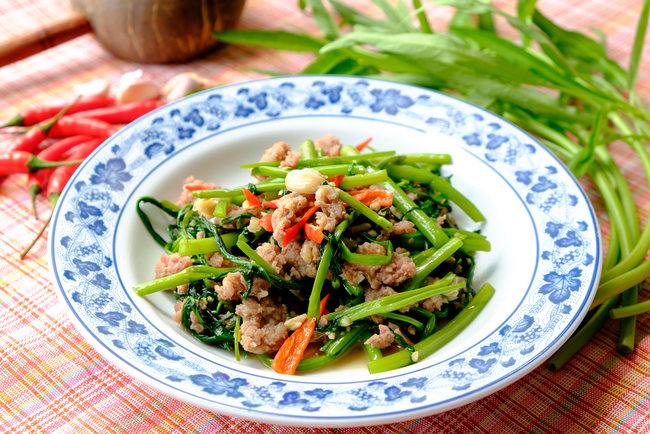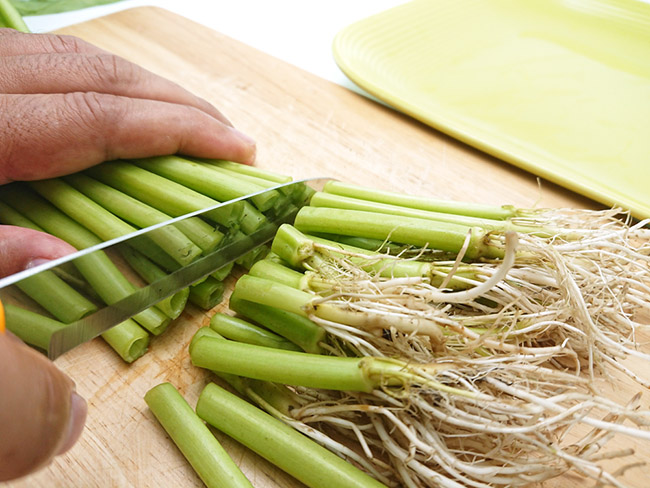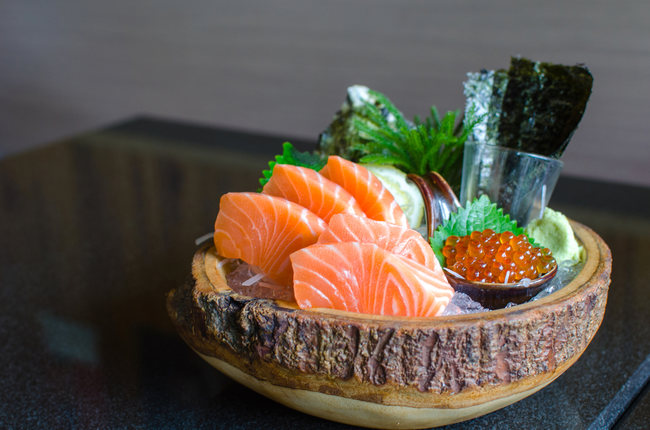Nov 11, 2021

One big problem for people who operate SME restaurants that causes negative returns and eventual failure is incorrect cost calculation. When costs are incorrectly calculated, food prices are set incorrectly. When food prices are set incorrectly, there's a strong chance of suffering a loss. In such a scenario, if costs are calculated incorrectly from the beginning, you’ll suffer a loss, no matter how much you sell.
A lot of SME restaurant owners think the cost is the price paid for the ingredients bought and that's all. But that's why food cost per plate calculations can be wrong! Let's take a look at why so many people inaccurately calculate their costs.

> Let's say you purchase morning glories at a price of 40 baht per kilogram.
> The price per gram is 40 baht/1,000 grams = 0.04 baht.
> You want to sell 1 plate of stir-fried morning glories.
> You use 200 grams of morning glories per plate.
> This means that the cost of morning glories per plate is 0.04 x 200 = 8 baht/plate.
But did you know that that's actually wrong?
In reality, not all of the ingredients you buy can be used in cooking. And part of them has to be cut or discarded. This is known as yield. Let's use the morning glories above as an example.

When you buy them, you have to cut away the roots. This might mean 1 kilogram of morning glories might actually be able to give 800 grams for use. That immediately means your actual cost per plate would be 10 baht rather than 8.
That's just one example of an ingredient costing only 40 baht with only 20% wastage. However, if the ingredient costs in the hundreds or the waste is as high as 40%, such as whole salmon bought and sliced, how high do you think the cost might be? That's where a lot of people make mistakes, so they set incorrect costs per plate and incorrect sales prices.
Therefore, in order to accurately calculate food costs before setting sales prices, don't forget to always calculate yield first.
Formula for Calculating Yield
Actual amount of usable ingredient = Ingredient after cuttingIngredient before cutting x 100
That will give you the actual quantity of usable ingredients. Then you can divide the price of your ingredients by the amount of ingredients after cutting to get you the actual cost of the ingredient such as in the case of the morning glories above.
You buy 1 kilogram of morning glories for the price of 40 baht.
Then you cut away the roots, so you have 800 grams you can actually use. Apply the yield formula:
Then you cut away the roots, so you have 800 grams you can actually use. Apply the yield formula:
(800/1,000) x 100 = 80%
Then do this with the purchase kilogram: 40/800.
You will then get the actual cost of 0.05 baht/gram.

What will happen if you do not calculate yield? We have an example for you below.
Let's say you buy one salmon weighing 5 kilograms for the price of 300 baht per kilogram. Because you have to cut away the head, bones and tail, the actual usable weight is 3 kilograms or (3/5) x 100 = 60%.
This means that, for 1 kilogram of salmon before cutting, the actual amount that can be used is (1,000 x 60) / 100 = 600 grams.
So, the price per gram is 300/600 = 0.5 baht/gram.
If your restaurant's sashimi uses four pieces of salmon per plate with a total weight of 80 grams, the cost of salmon would be 0.5 baht/gram x the actual amount used of 80 grams = a cost of 40 baht per serving.
If you don't calculate yield, this could happen. You buy one salmon weighing 5 kilograms priced at 300 baht per kilogram, so you might think the price of this salmon is 300/1,000 = 0.3 baht/gram. Then you serve four pieces of salmon per plate of sashimi for a total weight of 80 grams.
This means the salmon would appear to cost 0.3 baht/gram x actual amount used of 80 grams = cost of 24 baht per serving.
*The cost for that sashimi is wrong by nearly 50%!*

So, do you see that if you miscalculate the cost per plate, there is a good chance of setting prices causing you to suffer a loss? You might ask why or if we have to be so detailed. The answer is "Yes". In a restaurant business, every process in preparing a menu item might influence yield,
such as when cutting ingredients or even when employees pick, grab or add ingredients when the recipe doesn't say to do so; when employees are heavy-handed or add ingredients based on their own familiarity, food cost might be directly impacted.
such as when cutting ingredients or even when employees pick, grab or add ingredients when the recipe doesn't say to do so; when employees are heavy-handed or add ingredients based on their own familiarity, food cost might be directly impacted.
Therefore, in addition to calculating yield, entrepreneurs should set standard food recipes or SOPs In restaurant businesses, ingredients incur the highest cost percentages while also having the highest risks for cost overruns. If entrepreneurs are not careful or do not have a restaurant ingredient management system, the high cost burden will eventually influence the business.
In addition to knowing about cost and yield, planning how to order ingredients sufficiently for sales, managing and controlling ingredient costs and doing inventory at the ends of periods to calculate actual food cost are also important issues. You can learn more about these in a free online course titled "Profitable Stock Management"!
